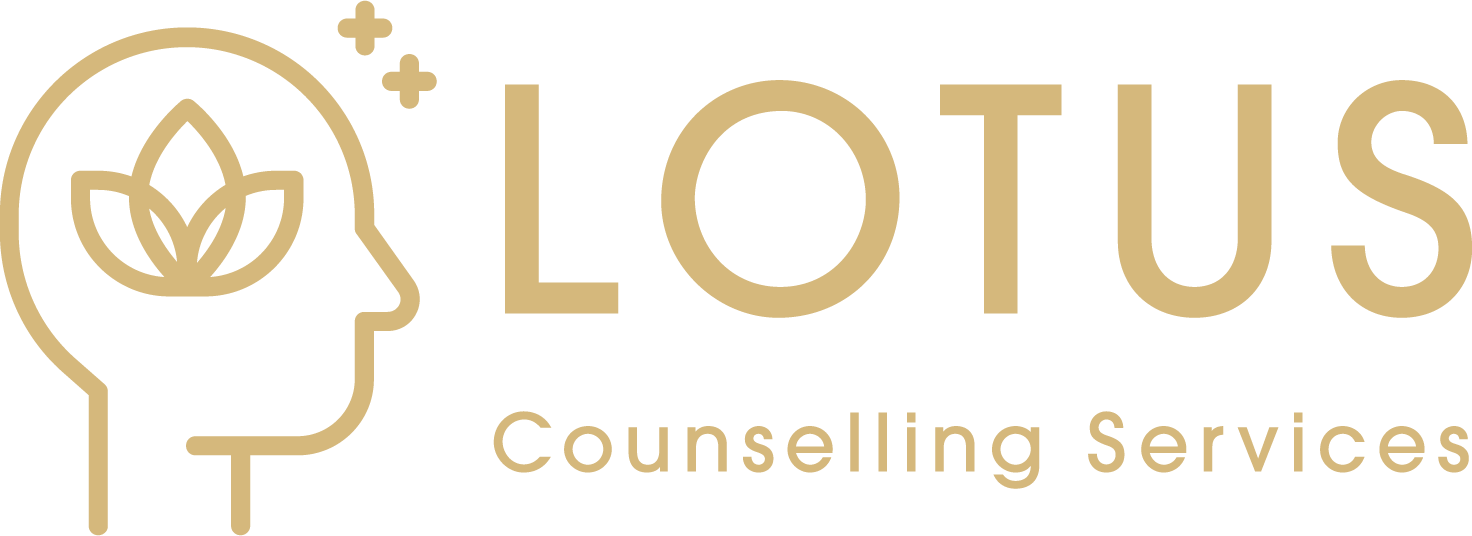
Cognitive Processing Therapy (CPT)
Cognitive Processing Therapy (CPT) was developed for persons living with Post Traumatic Stress disorder (PTSD). CPT aims to target PTSD symptoms over approximately 14 weekly sessions.
CPT begins with providing education to clients about PTSD, fostering an understanding of their symptoms, trauma recovery, the fight-flight-freeze response, cognitive theory, and emotions. The education component of CPT is important because it introduces rationale for treatment.
What are the goals of CPT?
To recognize and modify thoughts and feelings that may be unhelpful
To feel your emotions about the event
To change beliefs enough to accept it
To accept the reality of the event
CPT anticipates avoidance and we begin to discuss the connection between anxiety and avoidance in the first session. The two most common types are not showing up to your appointments and not completing the practice assignments. In this way, avoidance can interfere with treatment outcomes since therapy benefit is dependent on these important facets.
PTSD Symptoms: The symptoms of PTSD fall into three clusters: re-experiencing, arousal, and avoidance. The first cluster refers to re-experiencing the event, for example nightmares, flashbacks, and intrusive memories. The second cluster, arousal, is the experience of strong emotional and physical reactions, particularly when reminded of the event. The last cluster of symptoms are avoidance - either of people, places or things that are reminders of the event or in response to intrusive memories and emotional reactions.
CPT anticipates avoidance and we begin to discuss the connection between anxiety and avoidance in the first session. Avoidance can interfere with treatment outcomes since the therapeutic benefit is dependent on client engagement. The two most common types of avoidance in CPT are not showing up to appointments and not completing the practice assignments.



